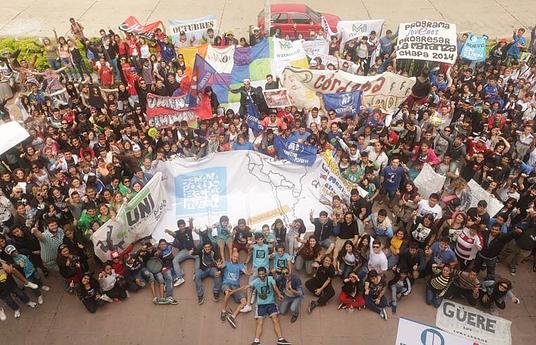Schools are change agents that shape the minds of all young persons in their care. The aim of of school education is to empower students with academic knowledge such that they can be functional and pursue their interests in life, meaningfully. Individuals need social and emotional skills to be well adjusted and functional young adults and this is where SEL curriculum comes in.
Classroom sessions with each grade, covering topics in an age appropriate manner. Methods such as focus group discussions, role plays, interactive activities, student led experiential learning, audio visual aids, stories, worksheets, art and craft, reflection. As this is a school wide programme, it also involves inter grade collaboration among students and incorporates Peer Mentoring too. The curriculum for each grade focuses on 5 essential areas (such as....). 1 SEL class is scheduled for each grade in the week, with more need based sessions as applicable. As this often tends to be a sensitive space, since students are working on their emotions, school counsellors are also part of the SEL program and step into the classrooms to conduct some of the sessions. This enables students to have a safe space to express themselves.
By empowering teachers to deliver the SEL curriculum and to also include important aspects of it in their own academic lessons. Based on some of the sessions conducted by school counsellors, pertinent feedback is shared with teachers, keeping confidentiality intact to enhance student wellbeing. Students also play a part to spread the SEL programme - this becomes a part of their conversations with their peers. Critical feedback from our sessions with the students often necessitates capacity building interventions with teachers and parents so that all stakeholders are on the same page and working with the students in a collaborative manner.
Identify the areas of SEL that are applicable for students of a particular school through a needs based wellbeing assessment. These identified areas can then become the broad topics for discussion. It is important that each topic is designed for a grade keeping age appropriateness in mind and by including more activity based learning than lecture method.



